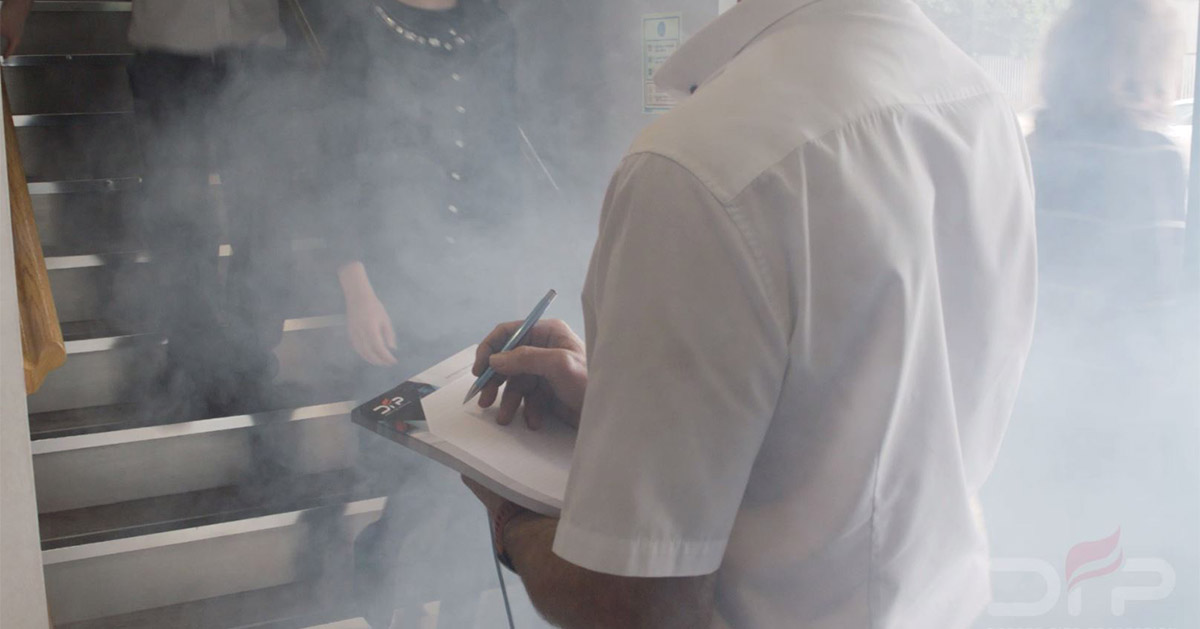Industry Articles

Fire Drills – More Practise, Less Panic!
It’s a proven fact that practice makes perfect and fire drills are no exception. Practise also reduces panic! Companies that regularly carry out life-like fire drills, with simulated hazards, will be much better prepared should fire actually break out in the building. A drill that aims to make staff really think about the situation is more effective than a ‘tick the box, everyone was out within 5 minutes’ type drill.
A fire drill simulates an emergency procedure, creating a situation that mimics a real event, including the use of fire alarms and everyone (staff and visitors) evacuating the building.
Make sure staff (including new or temporary employees) are fully aware of what they should do: which exit routes to use, where the assembly point is, who is responsible to carry out sweeps and roll call. Remind them too, that they should never stop to collect personal belongings as in an emergency this could endanger their lives.
Make plans for the assistance of any staff with limited mobility or other issues and inform relevant personnel. Maybe you have a member of staff who will need an evacuation chair – who will be responsible to assist with this? Or maybe you have staff or occupants who will need to be escorted to a ‘safe place’ rather than evacuated outside. If you have a written plan in place and key personnel are aware, you will help to ensure the safety of all.
The ‘responsible person’ should regularly check exit routes and doors to ensure they are free from obstructions and working correctly.
Carry out a fire drill at least once a year, to include all staff. This may mean you need to schedule in additional drills, at different times of the day to ensure that shift workers take part in at least one fire drill each year.
Once occupants have been given time to exit the building, Fire Wardens should carry out a sweep to check for anyone remaining, (including toilets!) and take a roll call to ensure everyone is accounted for.
Monitor fire drill performance
Not just the time is taken, but behaviour (did all staff actually evacuate, did some delay to collect coats and phones) and also any difficulties with particular routes (does the route through the warehouse need additional emergency lighting or perhaps a member of staff needed extra assistance?).
To make a fire drill more life-like, add a hazard, for example, block off a stairway or route to make staff think through the route and put their training into action. Make it fun and they’ll remember it!
To warn or not to warn? It is best to advise staff that a fire drill is planned. Although the element of surprise will be missing, it prevents a real emergency is treated as a drill.
Remember to turn off any automatic connection to the Fire Brigade, or they may have a wasted journey! Also, if appropriate, advise your neighbours.




